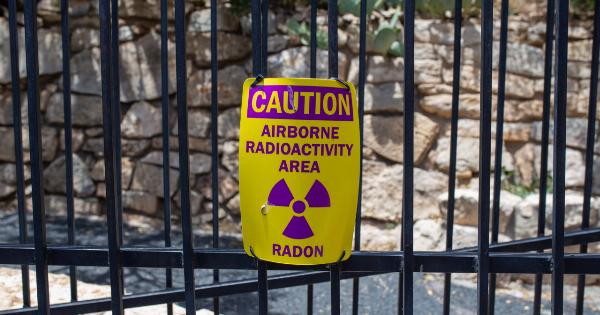Pain can be unbearable at any age, but it can be more challenging for children as they may not be able to understand and explain it properly.
Painkillers are a commonly used medication to alleviate pain, but their use in children must be approached with caution to avoid potential risks. In this article, we will discuss the use of painkillers in children, the types of painkillers available, and their potential effects on children.
Why Do Children Need Painkillers?
Children may suffer from pain due to various reasons such as illness, injury, or surgery. Pain can cause discomfort, anxiety, sleeplessness, and loss of appetite, among others, in children.
Therefore, doctors may prescribe painkillers to children to alleviate their pain and help them recover quickly. However, it is essential to understand that painkillers can have side effects, especially if used incorrectly.
Types of Pain Killers for Children
There are different types of painkillers available for children, such as acetaminophen (Tylenol), ibuprofen (Advil), naproxen (Aleve), and aspirin.
Acetaminophen is a popular choice for reducing fever and pain in children due to its safety and effectiveness. It does not cause stomach ulcers or bleeding like aspirin or ibuprofen. However, it can cause liver damage if used in high doses or for a prolonged period. Therefore, it is essential to follow the dosage instructions carefully.
Ibuprofen and naproxen are nonsteroidal anti-inflammatory drugs (NSAIDs) that reduce pain, inflammation, and fever. They work by blocking the production of prostaglandins, which cause pain and inflammation.
While these drugs are effective, some children may have an adverse reaction, such as stomach pain, nausea, vomiting, or allergic reactions. Aspirin is not recommended for children under the age of 16 due to the risk of Reye’s syndrome, a rare but severe condition that affects the liver and brain.
Things to Consider When Using Painkillers in Children
When using painkillers in children, various factors must be considered. The following are some of the things that parents should keep in mind:.
1. Age and Weight of the Child
The age and weight of a child determine the right dosage of painkillers. Children’s bodies metabolize drugs differently from adults, and their dose needs to be adjusted accordingly.
Therefore, parents should always follow the doctor’s prescription and avoid altering the dosage or frequency of use without consulting them.
2. Underlying Medical Conditions
Children with underlying medical conditions such as kidney, liver, or heart disease may have a higher risk of side effects from painkillers.
Therefore, it is crucial to inform the doctor about any underlying condition or medication the child is taking to avoid potential drug interactions and side effects.
3. Allergies and Sensitivities
Some children may have allergies or hypersensitivity to some painkillers. Therefore, parents should watch out for any allergic reaction such as hives, rash, difficulty breathing, or swelling of the face, lips, tongue, or throat.
If any of these symptoms occur, parents should seek medical attention immediately.
4. Duration and Frequency of Use
Prolonged and frequent use of painkillers in children can cause adverse effects, such as liver damage, bleeding, stomach ulcers, or kidney problems.
Therefore, parents should always follow the prescribed dosage and avoid using painkillers for extended periods without consulting a doctor.
Conclusion
In conclusion, painkillers can be an effective way to alleviate pain in children, but their use should be approached with caution due to potential side effects.
Parents should always follow the doctor’s prescription and consider factors such as age, weight, underlying medical conditions, allergies, and the duration and frequency of use. With proper care and attention, painkillers can help children feel better and recover quickly.































